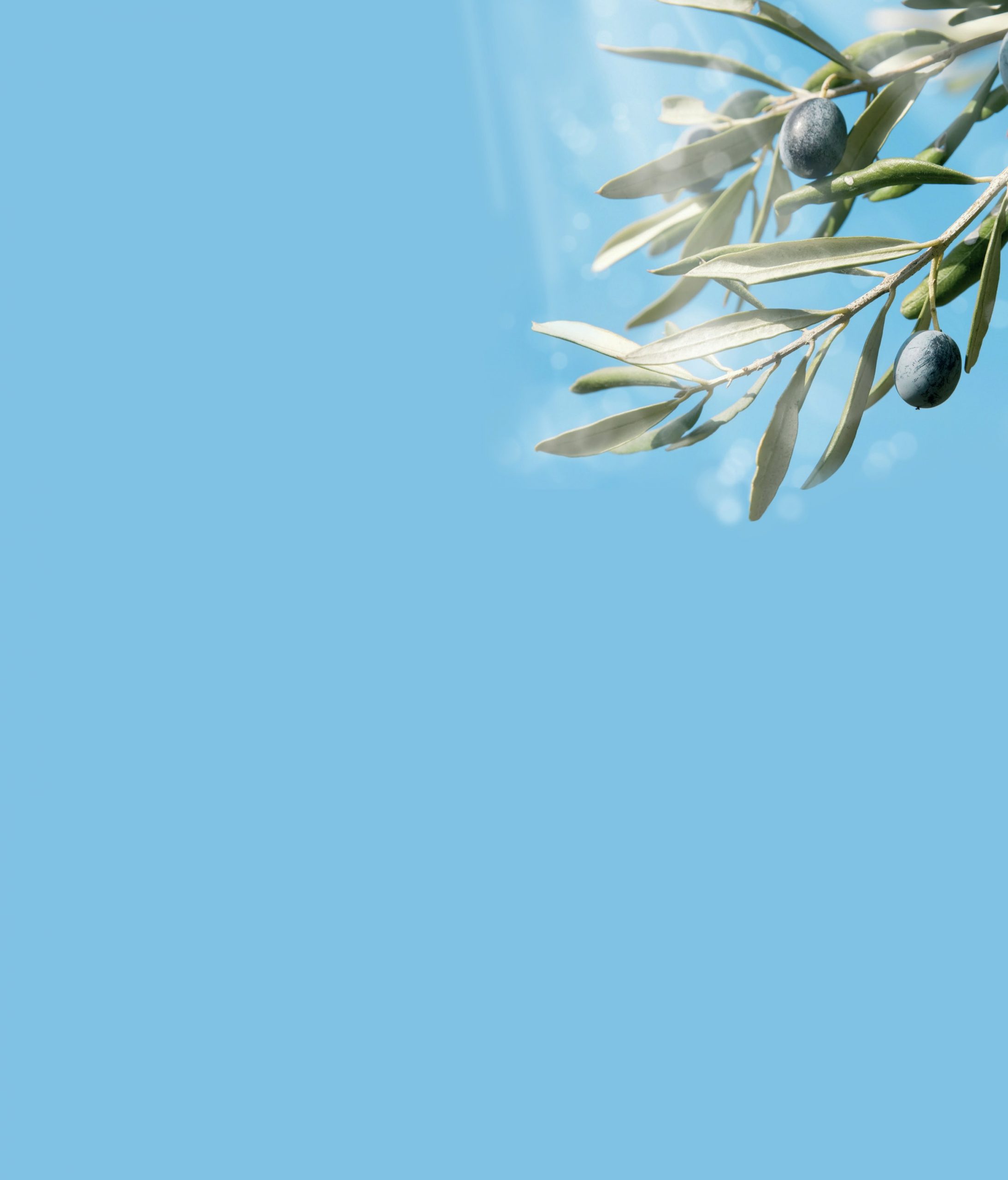
Olive trees thrive in hot, dry environments. One reason for their success in these challenging conditions is their highly adapted leaves.
The coloured scanning electron micrograph below shows the underside of an olive leaf, magnified 650 times. The scale-like structures are the spreading tops of specialised hairs that cover the surface. The base of each hair is embedded deep within the leaf. You might therefore expect that each hair would act like a wick — pulling water out of the leaf as it dries in the hot sun. But far from it.
Your organisation does not have access to this article.
Sign up today to give your students the edge they need to achieve their best grades with subject expertise
Subscribe




